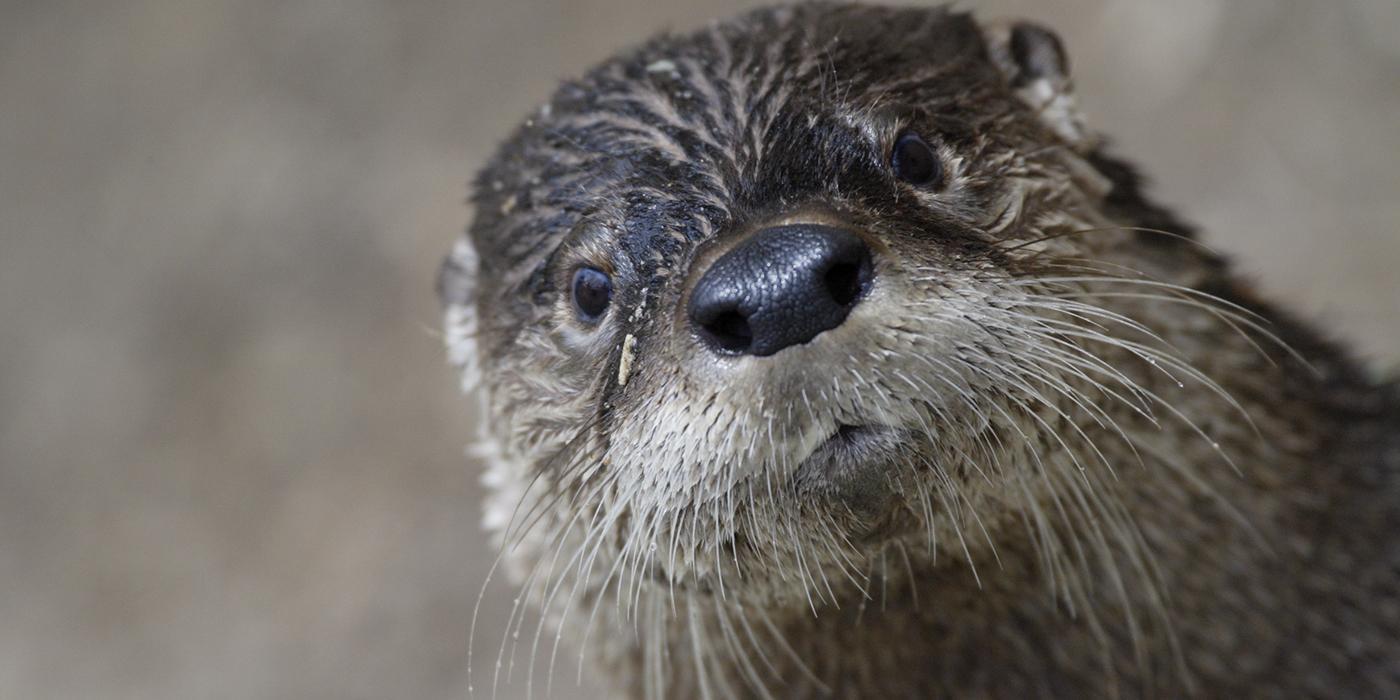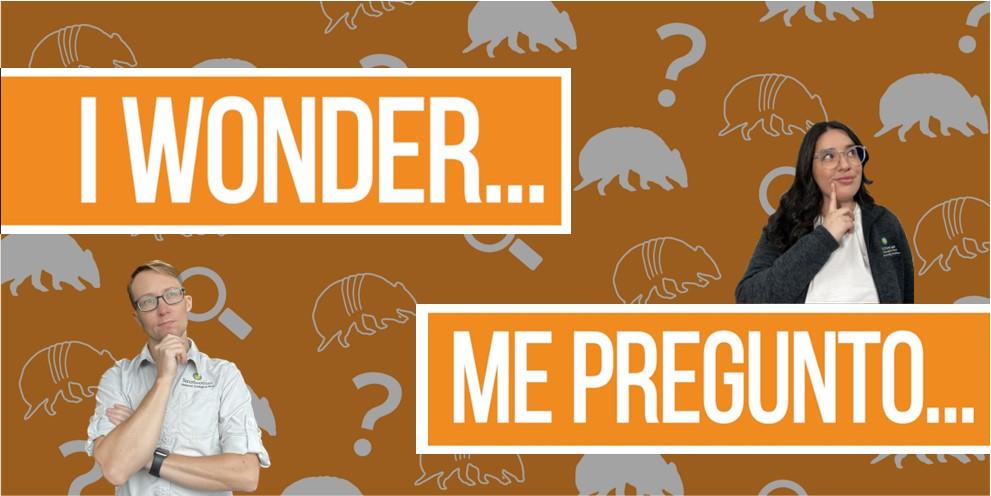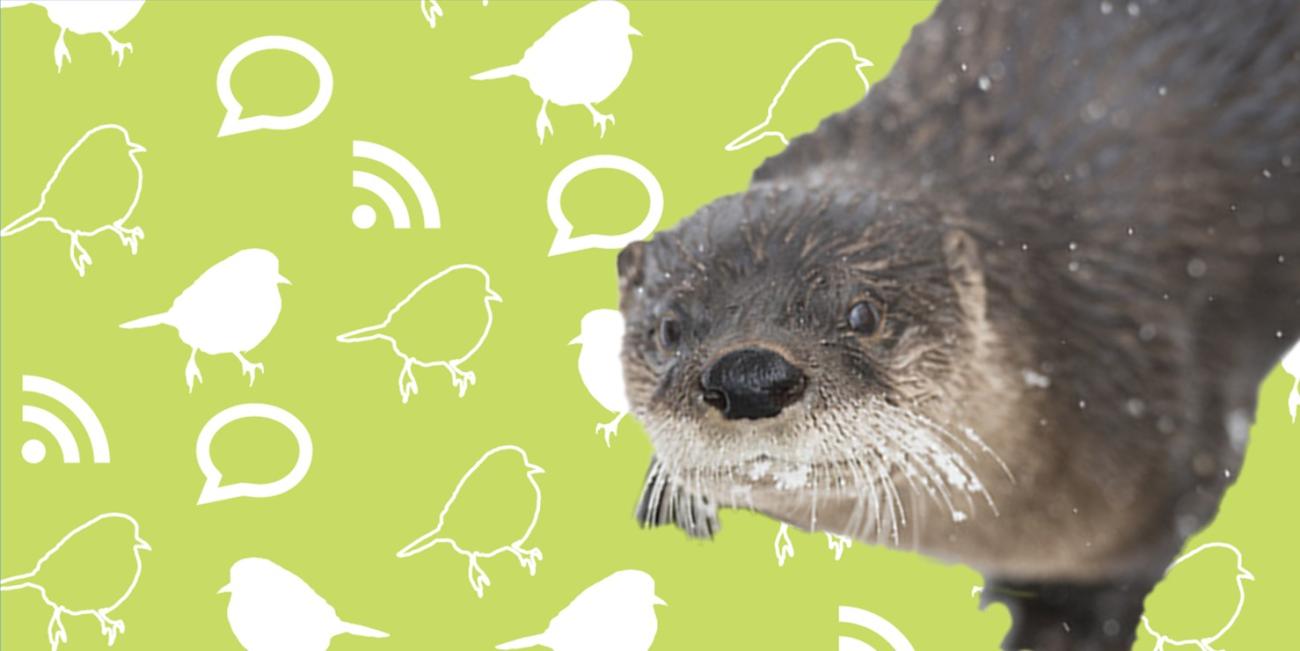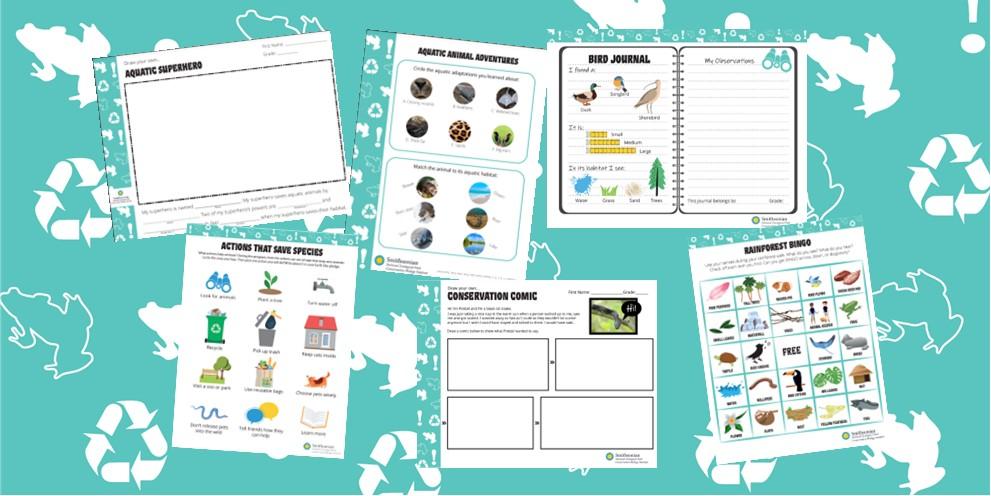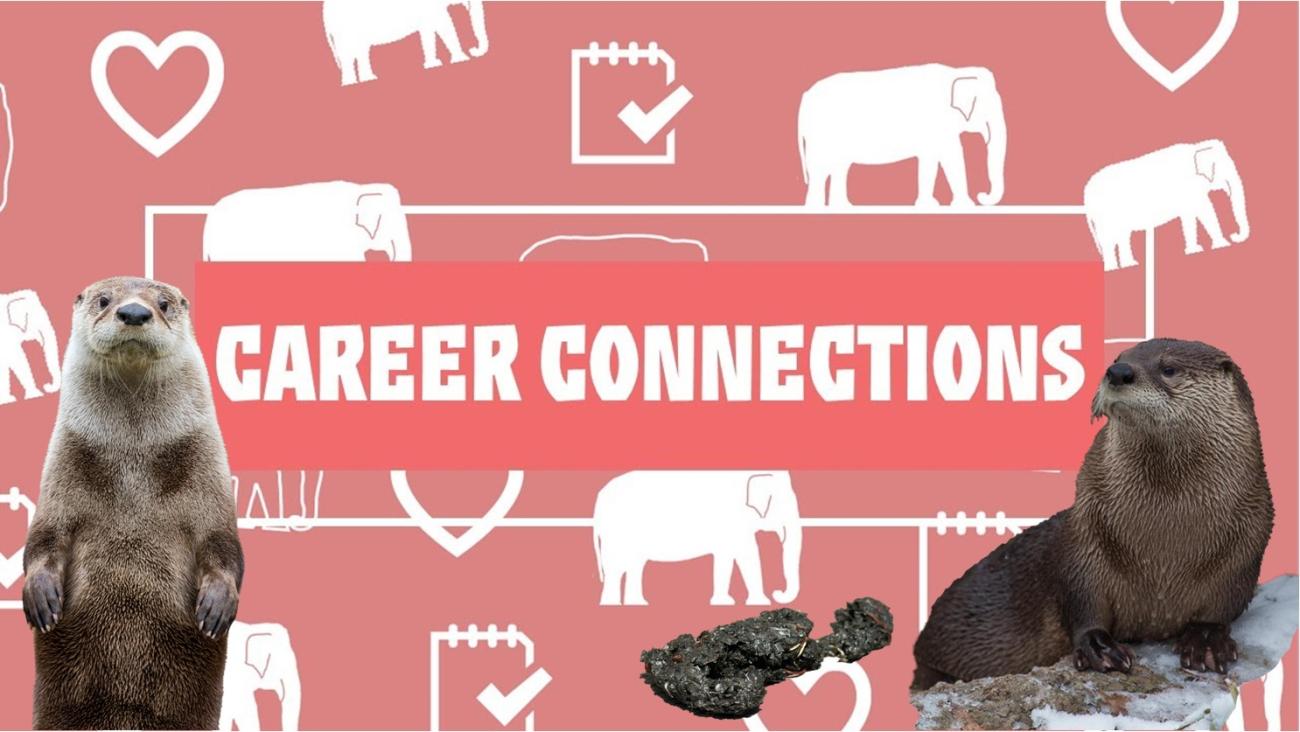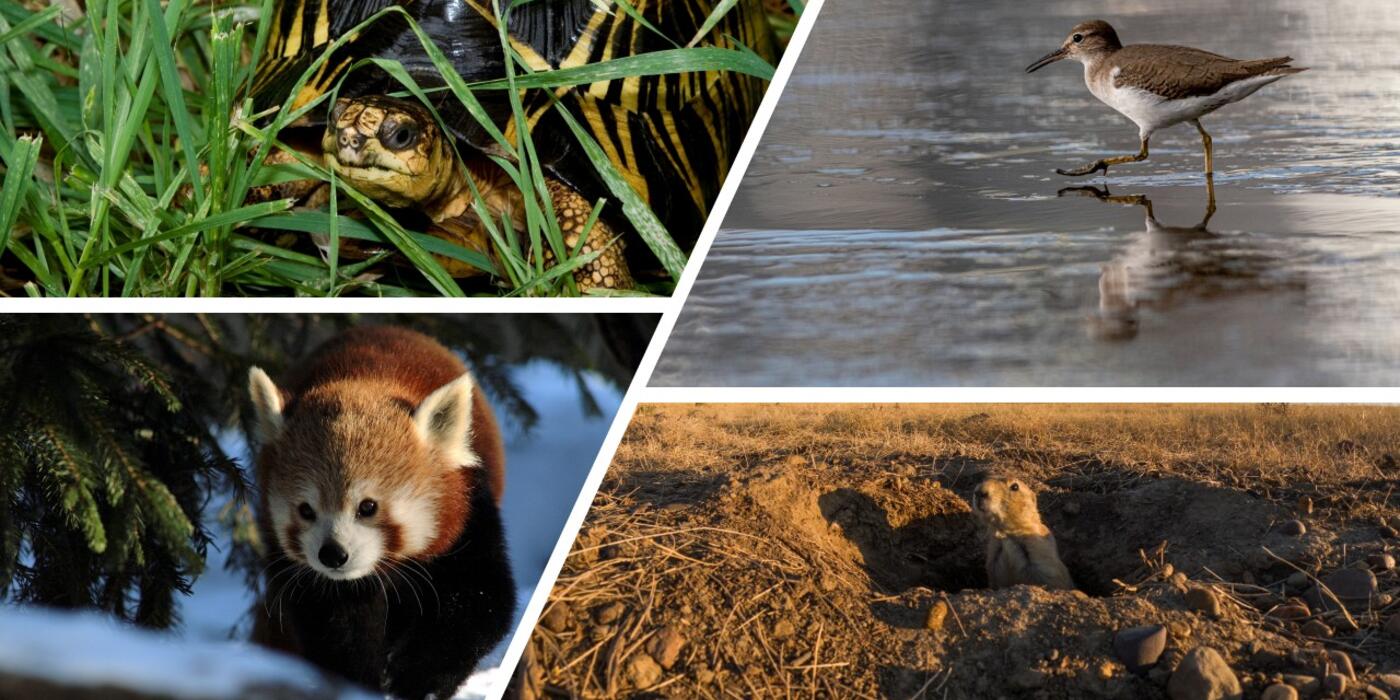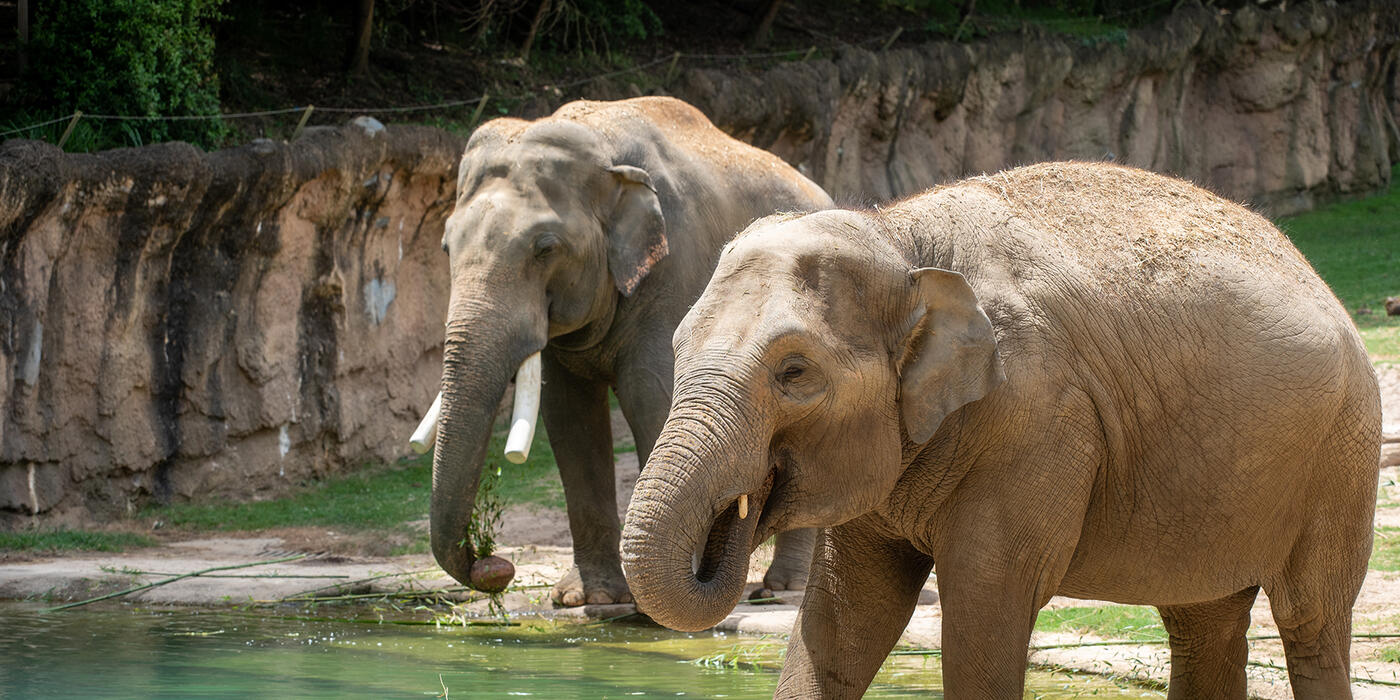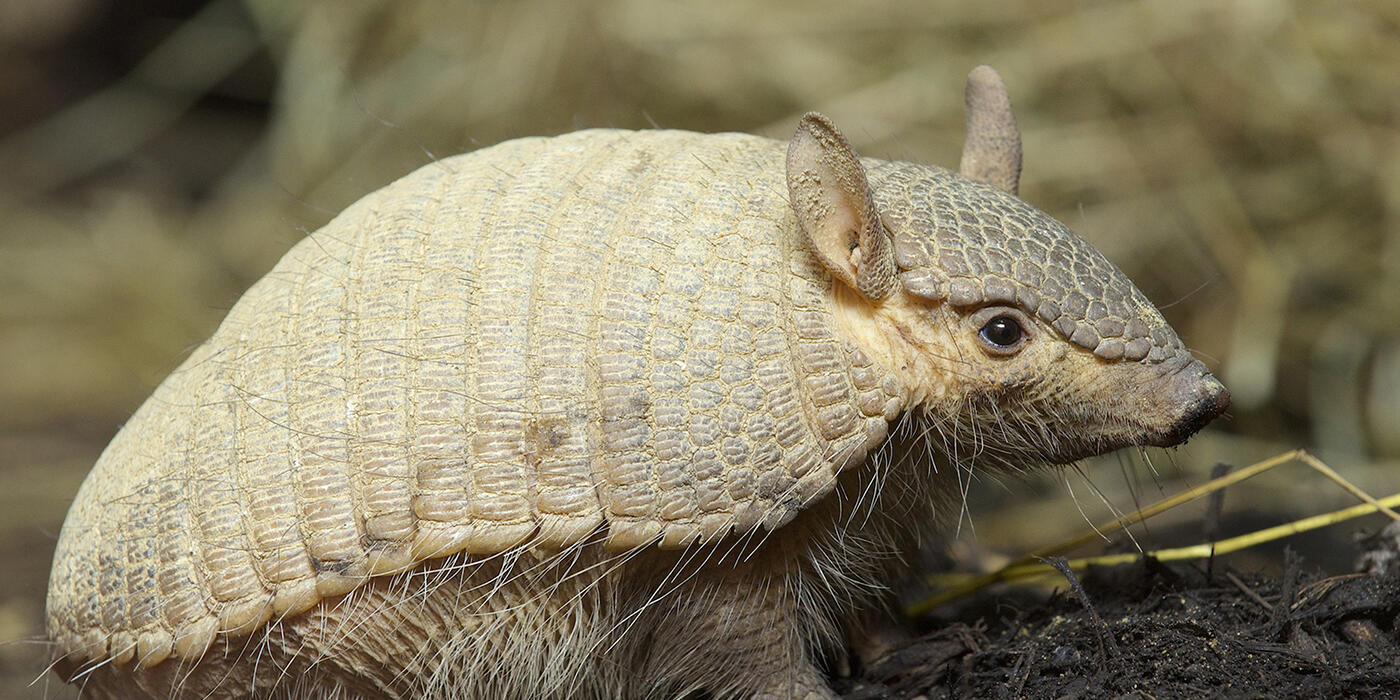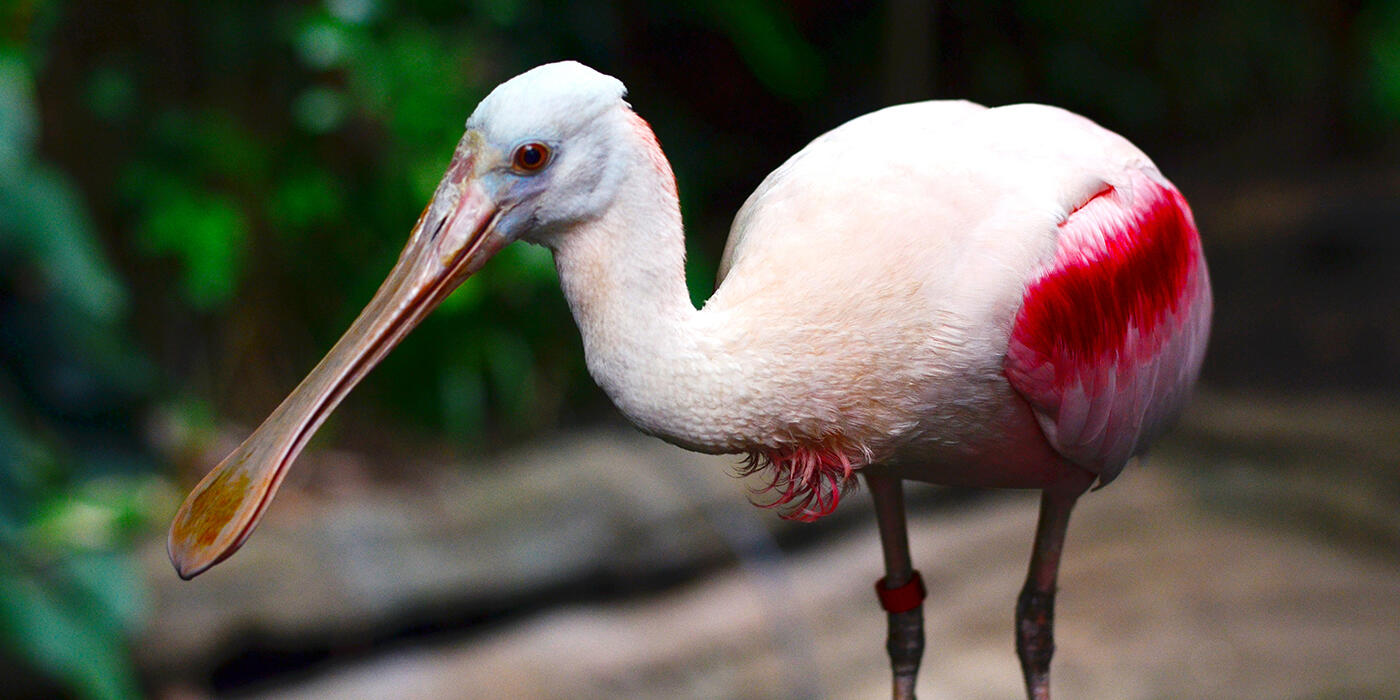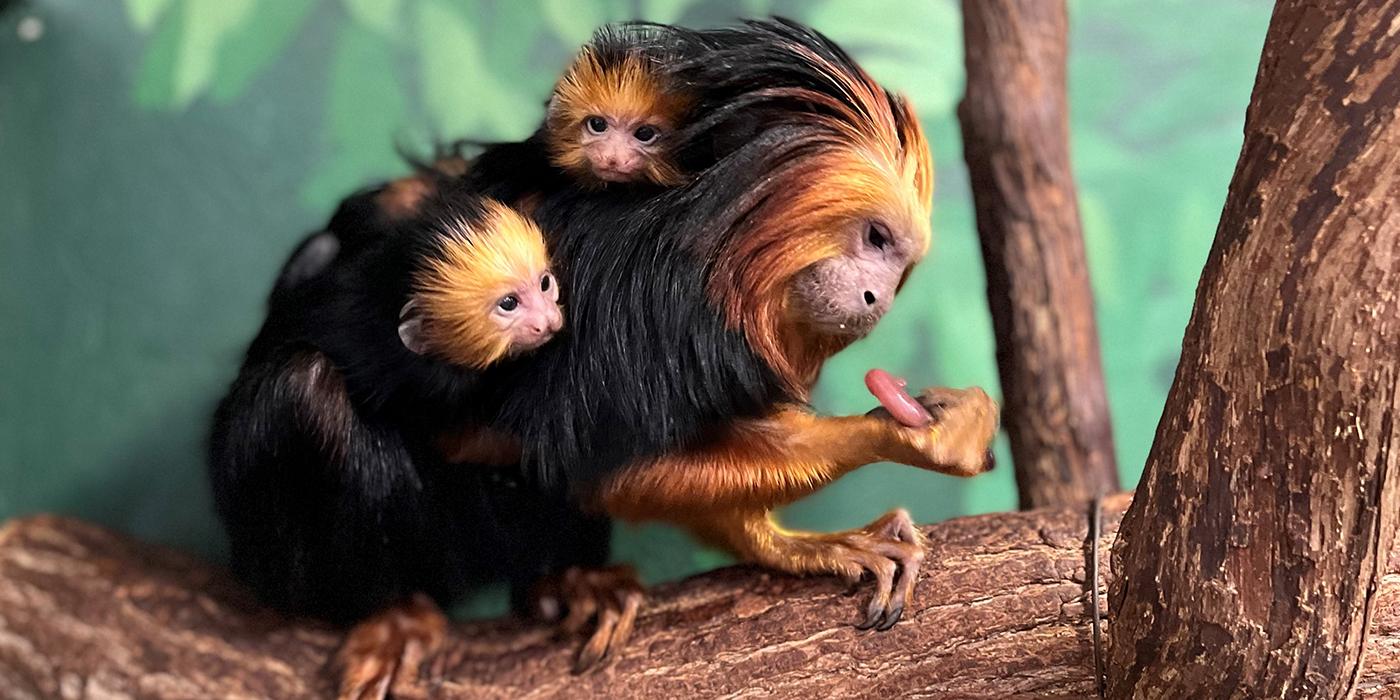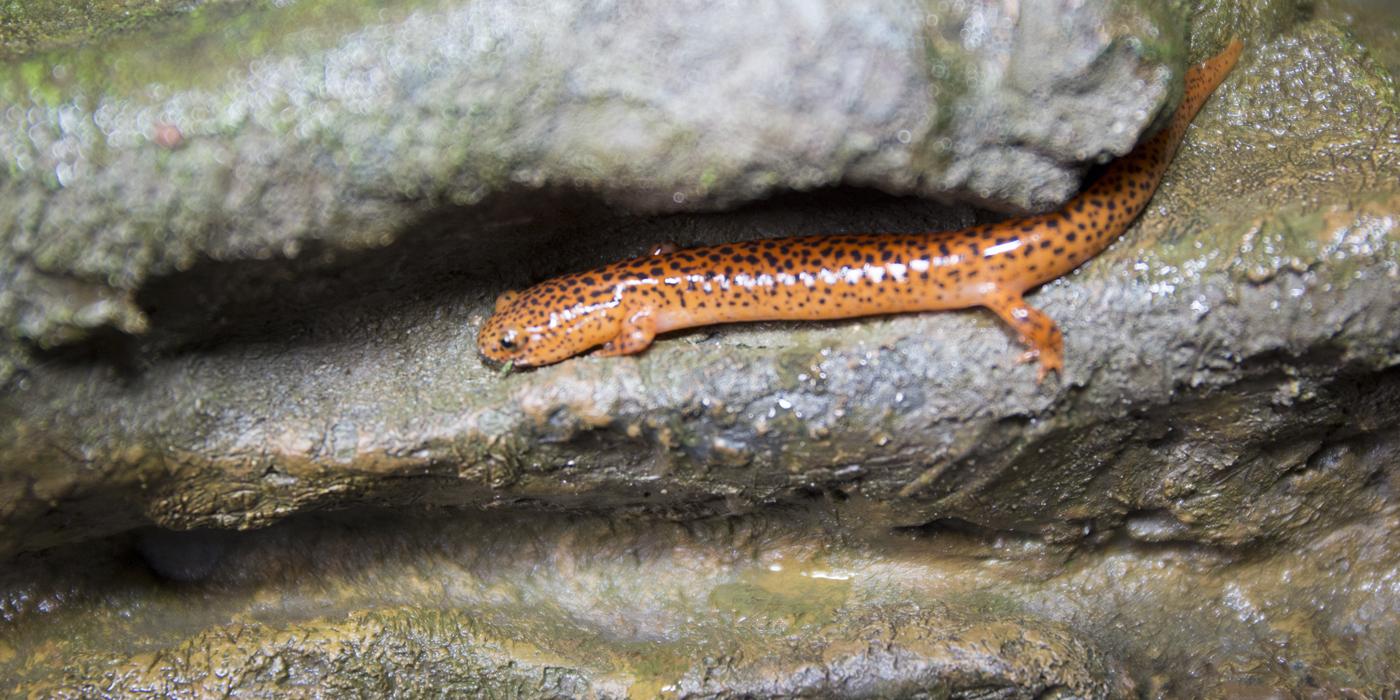What is an ecosystem and how does otter poop tell us how healthy an ecosystem is? Join us as we visit the Smithsonian’s Environmental Research Center to explore otters who live in the Chesapeake Bay. This program welcomes kindergarten through middle school students.
This virtual school program is part of Conservation Classroom, a collection of monthly lessons for K-5 students. Each lesson has four elements: wonder (video), engage (live virtual program), act (activities), and connect (video). Follow along with all four parts or pick and choose the videos and activities you want to explore.
K-8
Supports NGSS K-LS1-1, K-ESS2-2, K-ESS3-1, K-ESS3-3, 2-ESS2-2, 3-LS2-1, 5-ESS3-1, MS-LS2-1, MS-LS2-4, MS-ESS3-3
ecosystems, habitats, adaptations, waterways, aquatic mammals, food webs
patterns, cause and effect, systems and systems models, structure and function, stability and change
Free
Wonder ›
I wonder... why do scientists study poop? Come along with us and we discover how and why scientists study poop.
Me pregunto… ¿por qué los científicos estudian la caca? Acompáñanos y descubriremos cómo y por qué los científicos estudian la caca.
Bonus related content: I wonder... how are aquatic mammals so good at living in and around water? Bring your curiosity along on an adventure to learn about aquatic habitats and aquatic mammal adaptations.
Engage ›
Access the recording to enjoy the program that aired on October 9, 2024.
In this free, live virtual program, students learned about ecosystems and how otter poop can tell us how healthy an ecosystem is. We visited the Smithsonian’s Environmental Research Center and explored otters who live in the Chesapeake Bay. This program welcomed kindergarten through middle school students.
Language & Access: spoken English, Spanish interpretation, American Sign Language interpretation, and English captions.
Act ›
During or after the live program, use the Critter Cam activity sheet to draw what we learn. Then after the program use your best detective skills to figure out what an otter ate. Share your drawings with us at nzp-education@si.edu.
Early Learners: Click here for your Scat Detective activity sheet.
Durante o después del programa en vivo, use la hoja de actividades de Cámara Trampa para dibujar lo que aprendemos. Luego, después del programa, utiliza tus mejores habilidades de detective para descubrir qué comió una nutria. Comparta sus dibujos con nosotros en nzp-education@si.edu.
Hoja de actividades de Cámara Trampa
Estudiantes principiantes: Hoja de actividades del Detective de Excrementos de Nutria
Estudiantes mayores: Hoja de actividades del Detective de Excrementos de Nutria
Connect ›
Meet Calli, a research technician! As part of her "unZOOsual" career, Calli uses her senses and technology to study River otters.
Meet Rebecca, Curator of American Trail and Amazonia at the National Zoo. In her “unZOOsual” career, Rebecca works with many people and over 150 species!
For Educators
Educator's Materials
Conservation Classroom: Exploring Ecosystems with Otters is best suited for grades K-8. The full lesson consists of three videos, a live program, and two activities. Refer to the Smithsonian Learning Lab collection to help teach this lesson.
Letter to Guardians
After participating in the live program, print or send the following letter to guardians, explaining what their student learned in this lesson and how they can continue to engage from home.
Carta para el tutor
Después de participar en el programa en vivo, imprima o envíe la siguiente carta a los tutores, explicando lo que su estudiante aprendió en esta lección y cómo pueden continuar participando desde casa.
